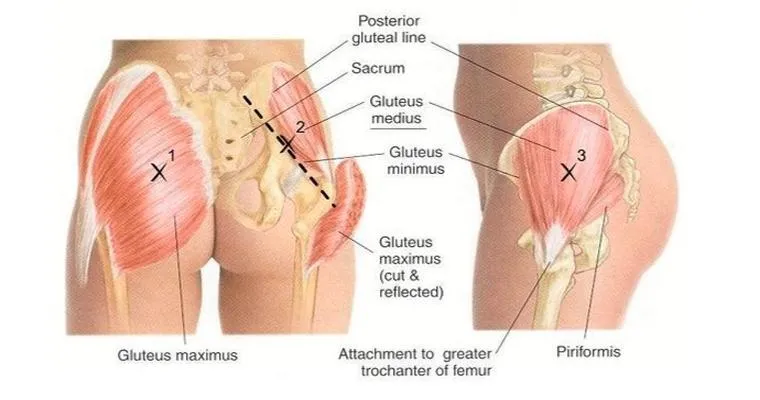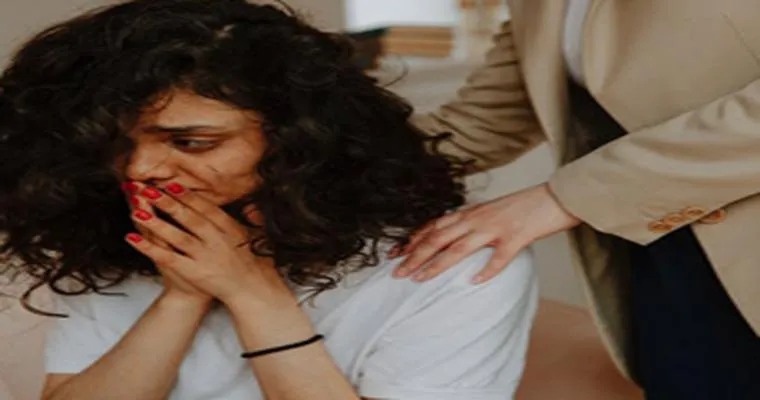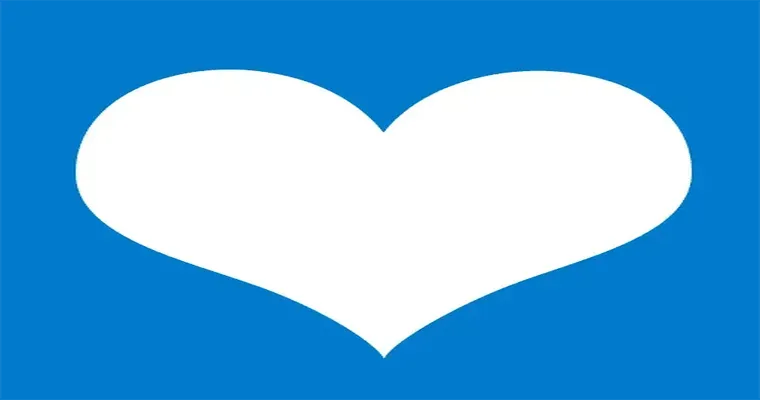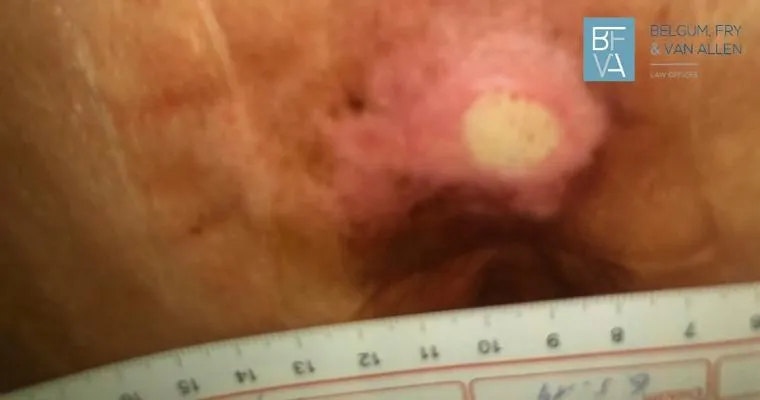Bed sores, also known as pressure ulcers, can be a serious concern for individuals with limited mobility, particularly for those who are bedridden. My dad was experiencing "bed sores" over both greater trochanters, which are the prominent bony areas on the sides of the hips. These sores can cause discomfort and lead to severe health issues if not properly addressed. However, through some simple yet effective interventions, we were able to help them heal and prevent further complications.
Understanding the causes of bed sores is crucial for prevention and treatment. These sores typically develop due to prolonged pressure on the skin, particularly in areas where bones are close to the skin's surface, such as the greater trochanters. Factors like "immobility", "friction", and poor nutrition can exacerbate the issue. It was essential for us to take immediate action to alleviate the pressure on these areas and promote healing.
One of the most effective strategies we employed was repositioning. Regularly changing my dad's position helped redistribute the pressure on his skin and reduce the risk of further skin breakdown. We established a schedule to turn him every two hours, which significantly decreased the pressure on his hips. Additionally, using specialized "pressure-relieving cushions" and mattresses made a noticeable difference in his comfort level and the healing process.
Another important aspect we focused on was skin care. Keeping the affected areas clean and dry is vital in preventing infection and promoting healing. We used gentle cleansers and ensured that his skin was well-moisturized to maintain its integrity. This care routine not only helped in healing the existing bed sores but also created a protective barrier against future skin breakdown.
Nutrition played a pivotal role in my dad's recovery from bed sores. A well-balanced diet rich in "proteins", "vitamins", and "minerals" supports skin health and overall recovery. We made sure he was consuming enough calories and nutrients to facilitate healing. Supplements, such as vitamin C and zinc, were also considered to boost his immune system and promote skin health.
Lastly, educating ourselves on the warning signs of worsening bed sores was crucial. Recognizing early symptoms, such as increased redness, warmth, or swelling, allowed us to take prompt action. If needed, we consulted healthcare professionals for advice and additional treatment options, ensuring that my dad received comprehensive care.
In conclusion, managing bed sores over the greater trochanters requires a multifaceted approach involving repositioning, skin care, nutrition, and education. By implementing these strategies, we were able to help my dad's bed sores heal effectively. If you or a loved one is facing similar challenges, consider these interventions to promote healing and improve overall quality of life. Taking proactive measures can make a significant difference in managing bed sores and preventing them from becoming a serious health issue.





